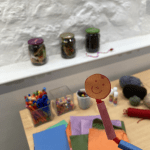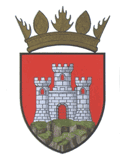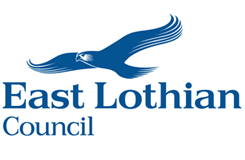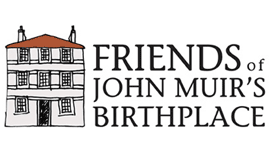Free November drop in crafts
Did you know that we have drop-in craft activities running throughout winter? You can find them in our temporary exhibition space on the ground floor. They are free and, as part of our Green Tourism commitment, as sustainable as we can make them.
This month we were feeling inspired by our current exhibition, the Leaves of Auchencraw.
Leaf pressing
Have you noticed the glorious autumn colours this year? Here at the museum we have started collecting fallen leaves and flowers from various locations. There are loads of them in Lochend Woods!
Please bring in your leaves and flowers to the museum for pressing.* These could be from local areas or from anywhere you may be visiting. We have a Woodland Trust identification guide you can use if you aren’t sure which tree your leaf has come from.
If you enjoy pressing and identifying leaves and flowers why not try recording your findings in field notes or a nature journal? For some examples take a look at this blog post about the field notes the writer Rob MacFarlane keeps or go right back to the source and browse this archive of John Muir’s journals from his adventures. We also have some ideas for journal activities in the ‘Learn’ section of our website.
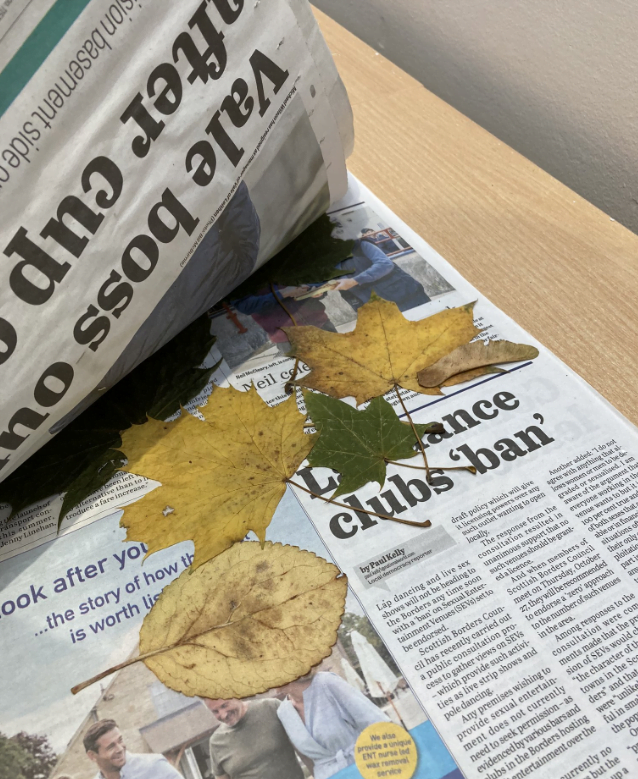
Make and take your own worm
What happens to leaves after they have fallen? They are often decomposed into soil.
Did you know that 1cm of topsoil can take over 1000 years to form?
Decomposition is done by lots of different organisms like worms, fungi, and bacteria. They are part of a mind-boggling network that makes up the soil under our feet. Soil is active, as much a series of processes as it is a thing!
Healthy soil is essential for helping seeds to grow into trees.
Helicopter seeds
Why do you think we call them helicopter seeds? We have some in the museum you can toss in the air to find out why! Then have a go at making your own.
Other names people use for these seeds: spinning jenny, whirligig, whirlybird and wing-nut. In the botanical world they are called samaras.
Trees have lots of different ways of dispersing their seeds. The reason helicopter seeds fly is so they can move further away from the original tree. This helps to propagate (spread) new trees in different areas.
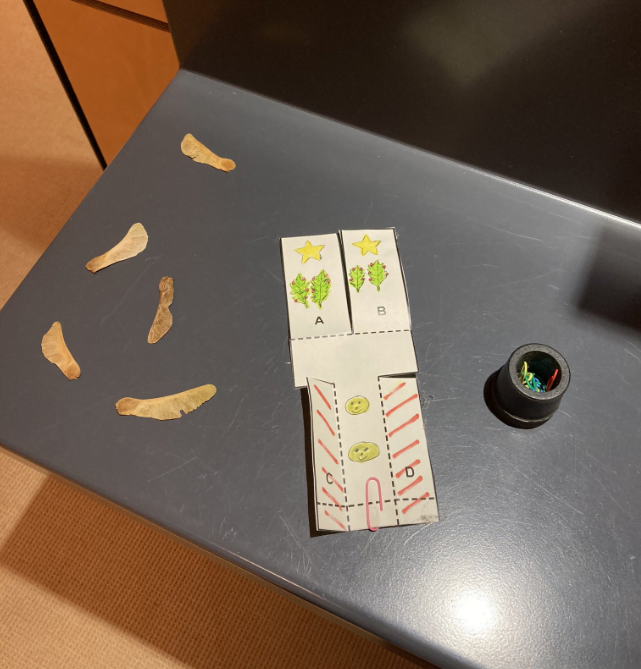
*Important note: please collect leaves and flowers responsibly. If you do intend to pick flowers rather than fallen leaves make sure to follow the Botanical Society of Britain & Ireland’s code of conduct. There is information on responsible wildflower picking on the Natural History Museum, London’s guide to pressing flowers.


